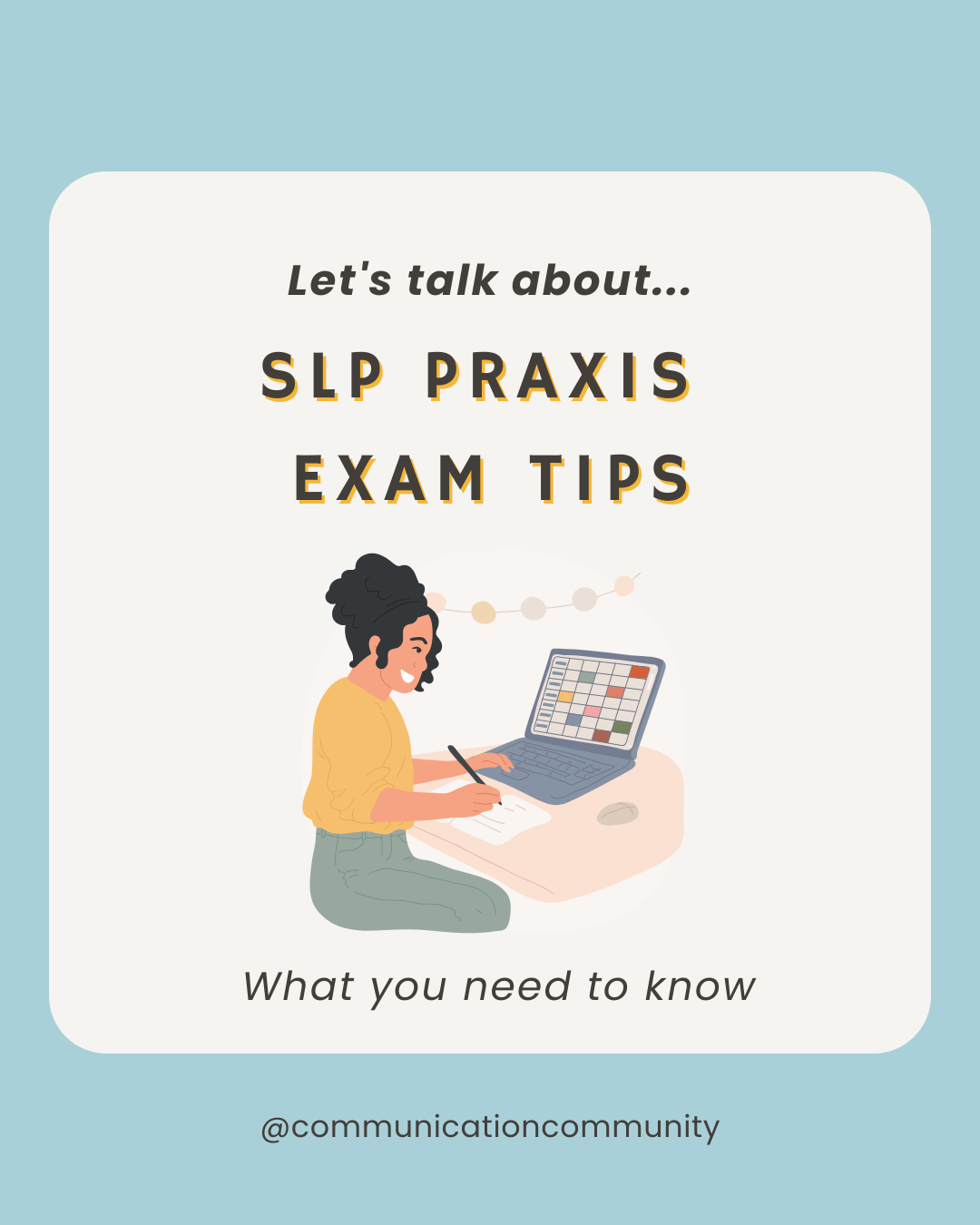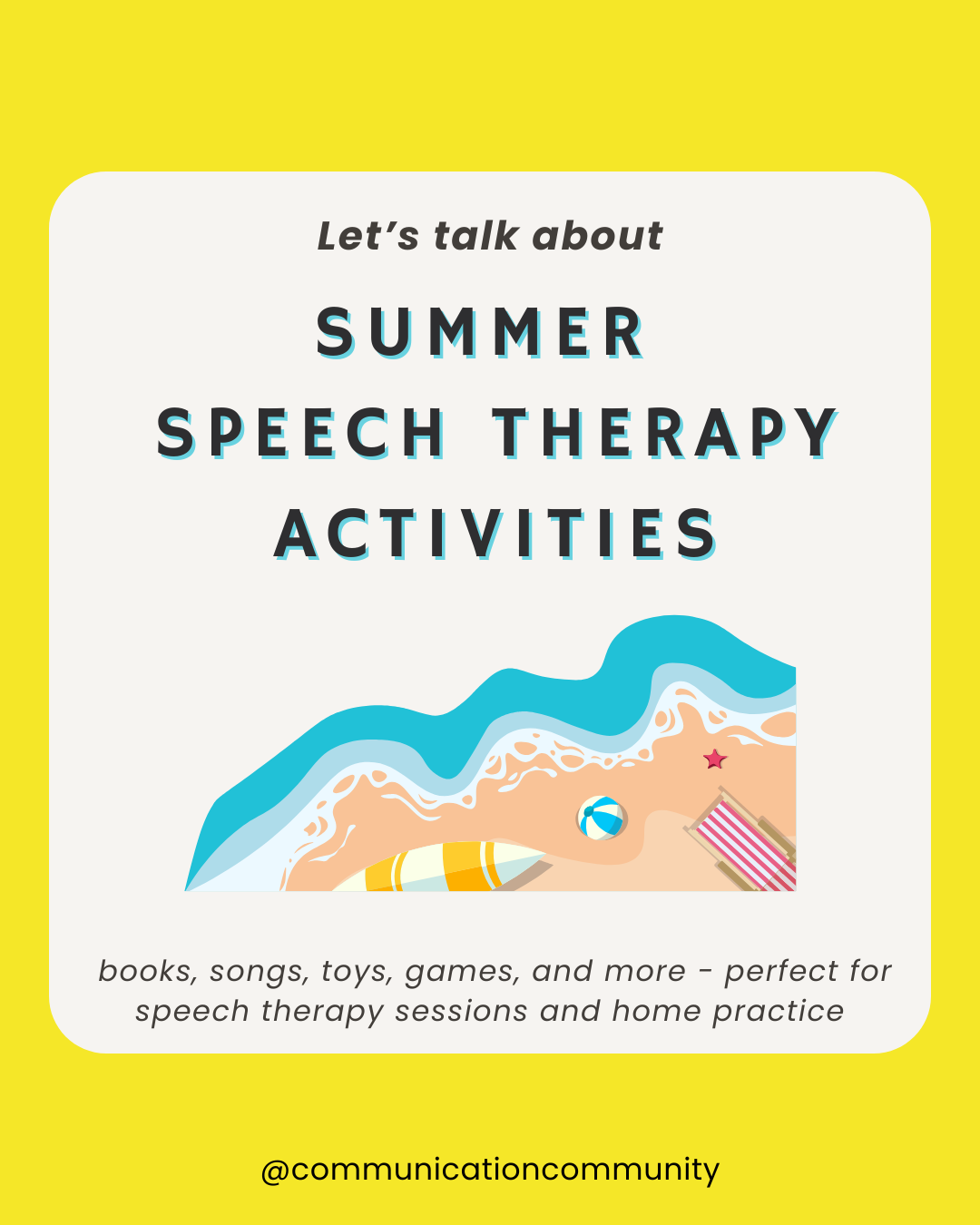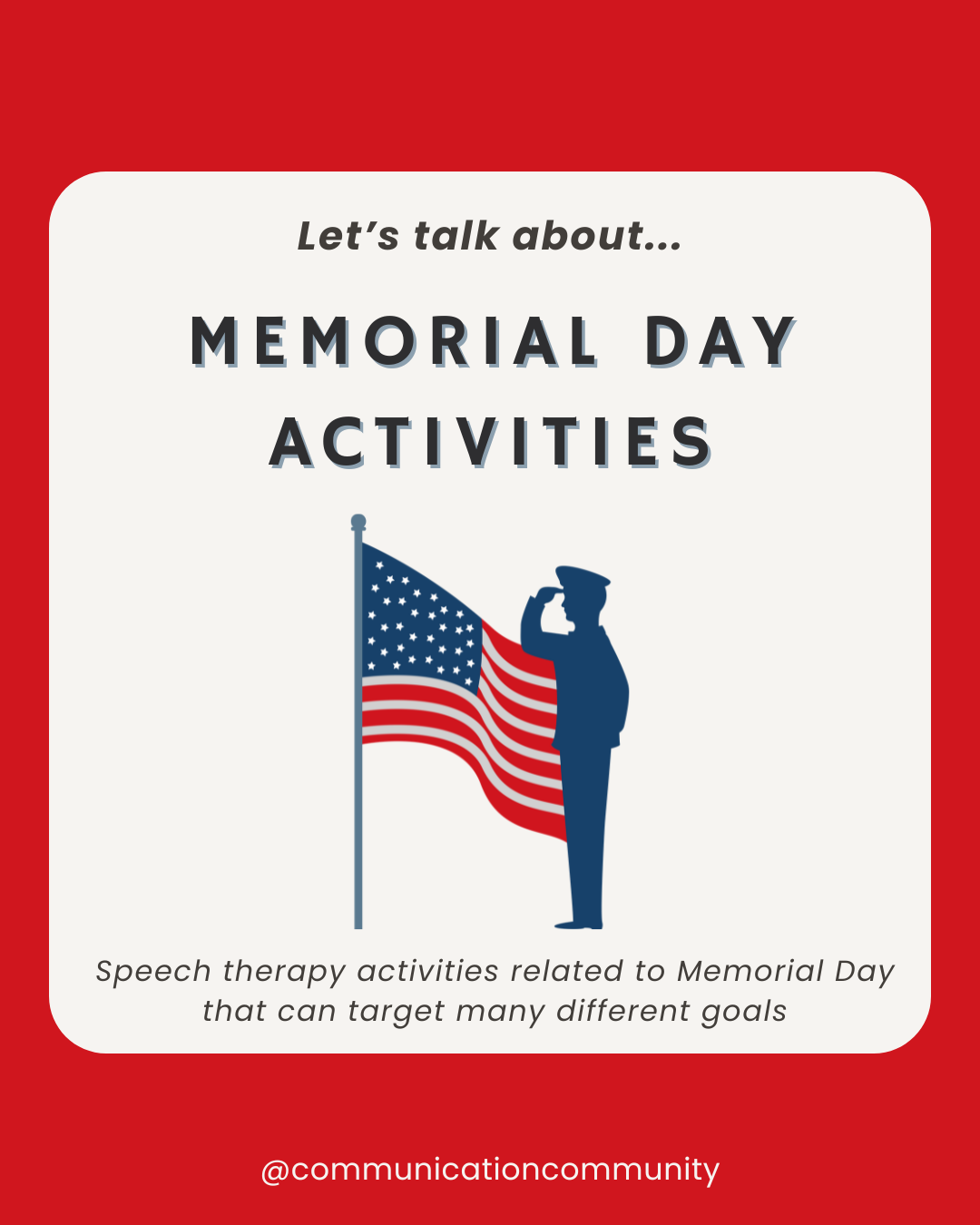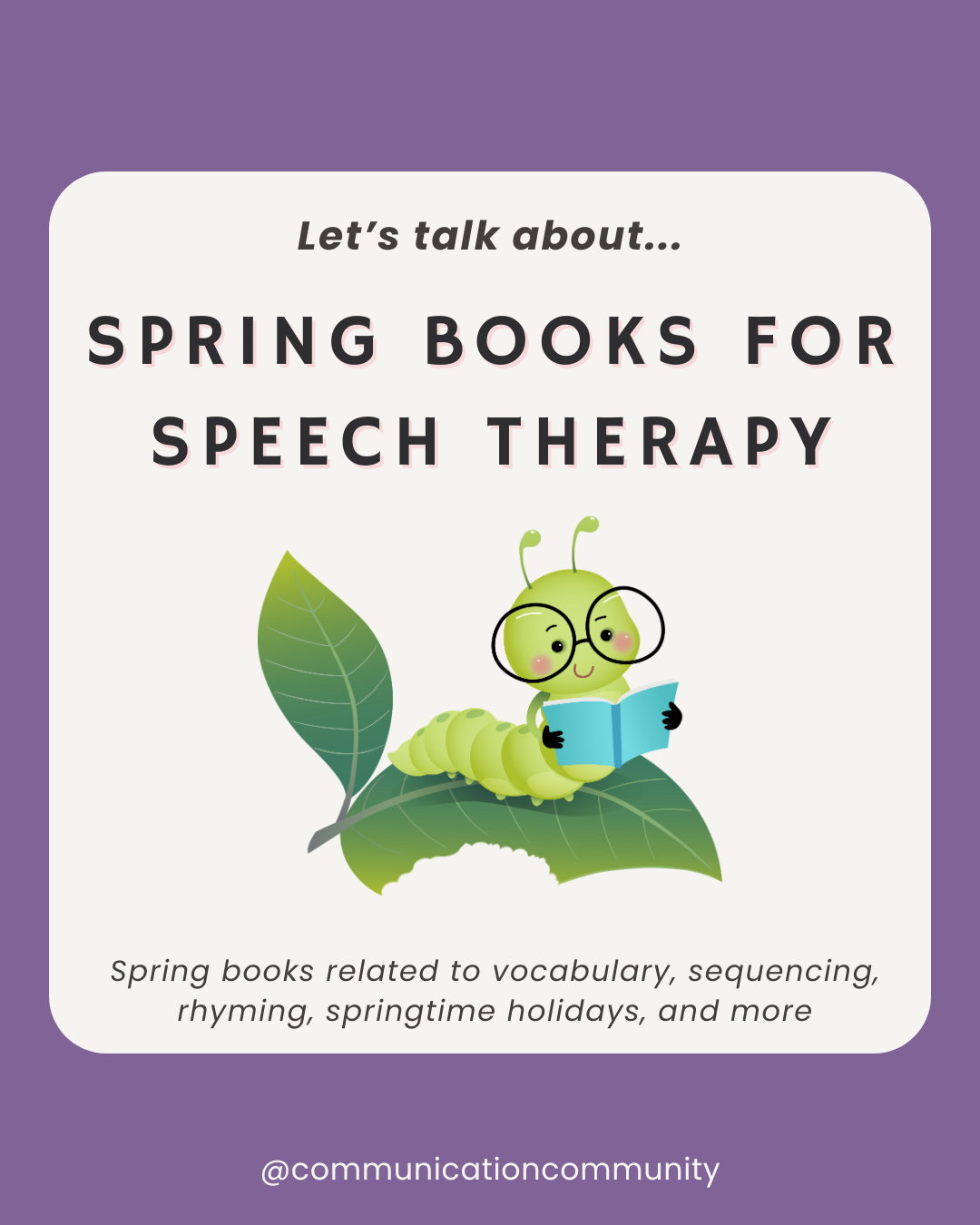Each month we discuss our favorite therapy tip, tool, or material…and this month, we are talking about play dough!
Why play dough?
- Play dough is fun for people of all ages…I even find myself enjoying playing with it when I have a chance!
- It doesn’t (usually) make a big mess and it’s easy to transport around.
- It requires little to no preparation to use.
- It’s inexpensive.
- It can be used by itself or with a variety of “tools,” such as plastic knives, rollers, stencils.
- It can be used during therapy sessions and at home.
- It can be used in a variety of ways (we will discuss).
*Important Disclaimer* some individuals may try to eat play dough, and while it is generally nontoxic, it can cause some health complications if consumed in large quantities. If someone is likely to try to do so, they should be heavily supervised while using it or refrain from using play dough.
How can play dough be used?
Play dough can be used in countless ways to target a number of speech, language, and communication skills. Some of my favorites include:
- Just playing! I let the individuals take the lead and use indirect language stimulation techniques while playing with play dough myself.
- Reviewing concepts: For example, if I read a book with a client I am working with, I may have them use play dough to create something from the story. It’s awesome to see what they think of (because it’s usually very different from what I think of).
- Following directions: Individuals with goals or objectives related to following directions can work on them while playing with play dough. I may instruct an individual to use green play dough to make an apple, then blue play dough to make a circle.
- Turn-taking: Turn-taking can be targeted with myself and an individual or with someone else in their group or at home. They may have to take turns using specific colors of play dough or accompanying tools.
- Functions of communication: The functions of communication include making requests, protests, describing, commenting, and asking and answering questions. Individuals can request or protest certain play dough colors or tools, describe what they create, comment on what someone else makes, and ask or answer a variety of questions related to the play dough creations.
- Brain breaks: It can be difficult for some individuals to focus on a more difficult task for 30 minutes or however long your session may be. Playing with play dough can be a great way to give their brains a break before working on a more difficult task again.
- Fidgets: Some individuals benefit from using fidgets to help them attend to tasks. They may find that manipulating play dough in their hands or rolling it on a table helps them focus. Note: there is a fine line between it being too much of a distraction, so use discretion if offering play dough as a fidget!
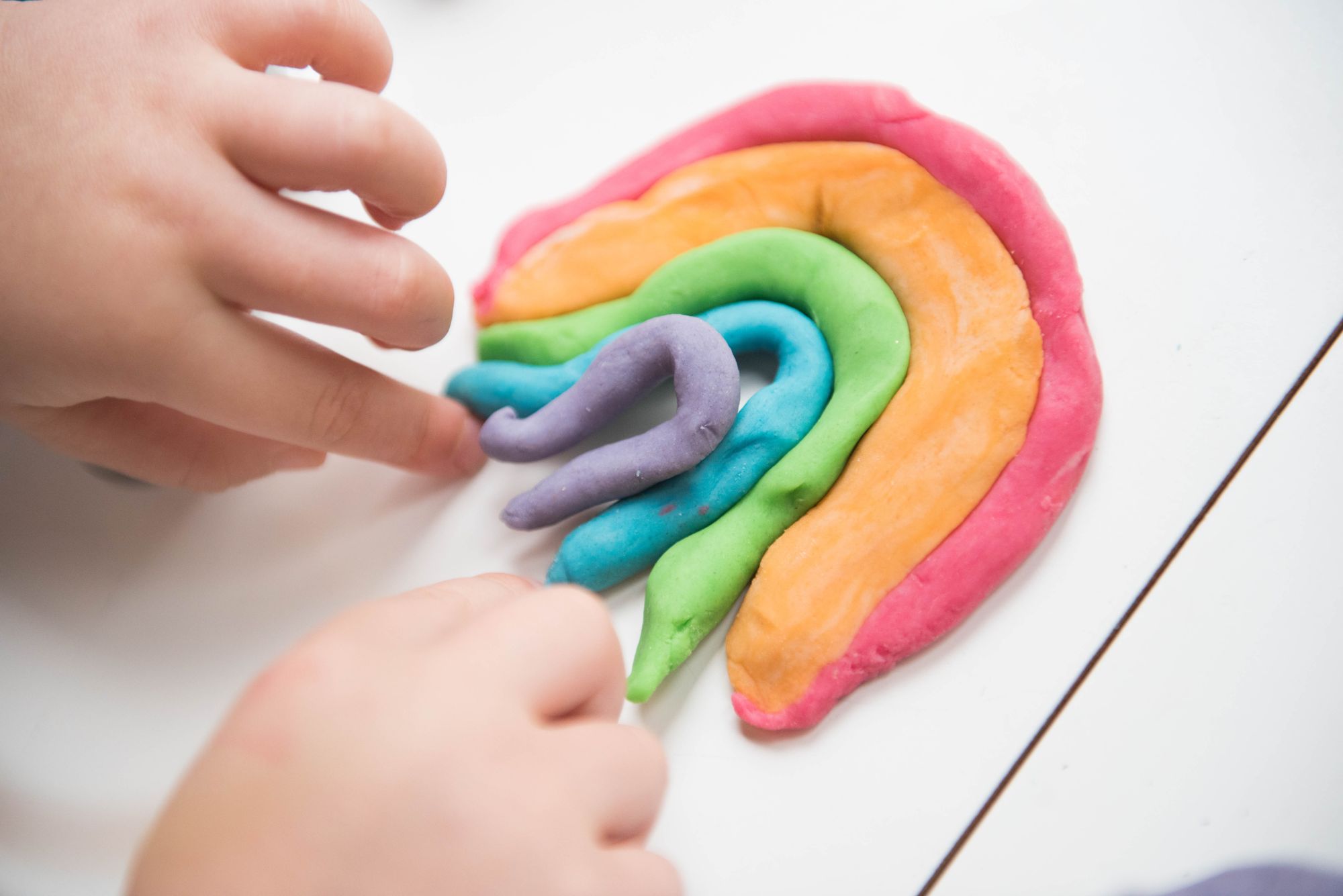
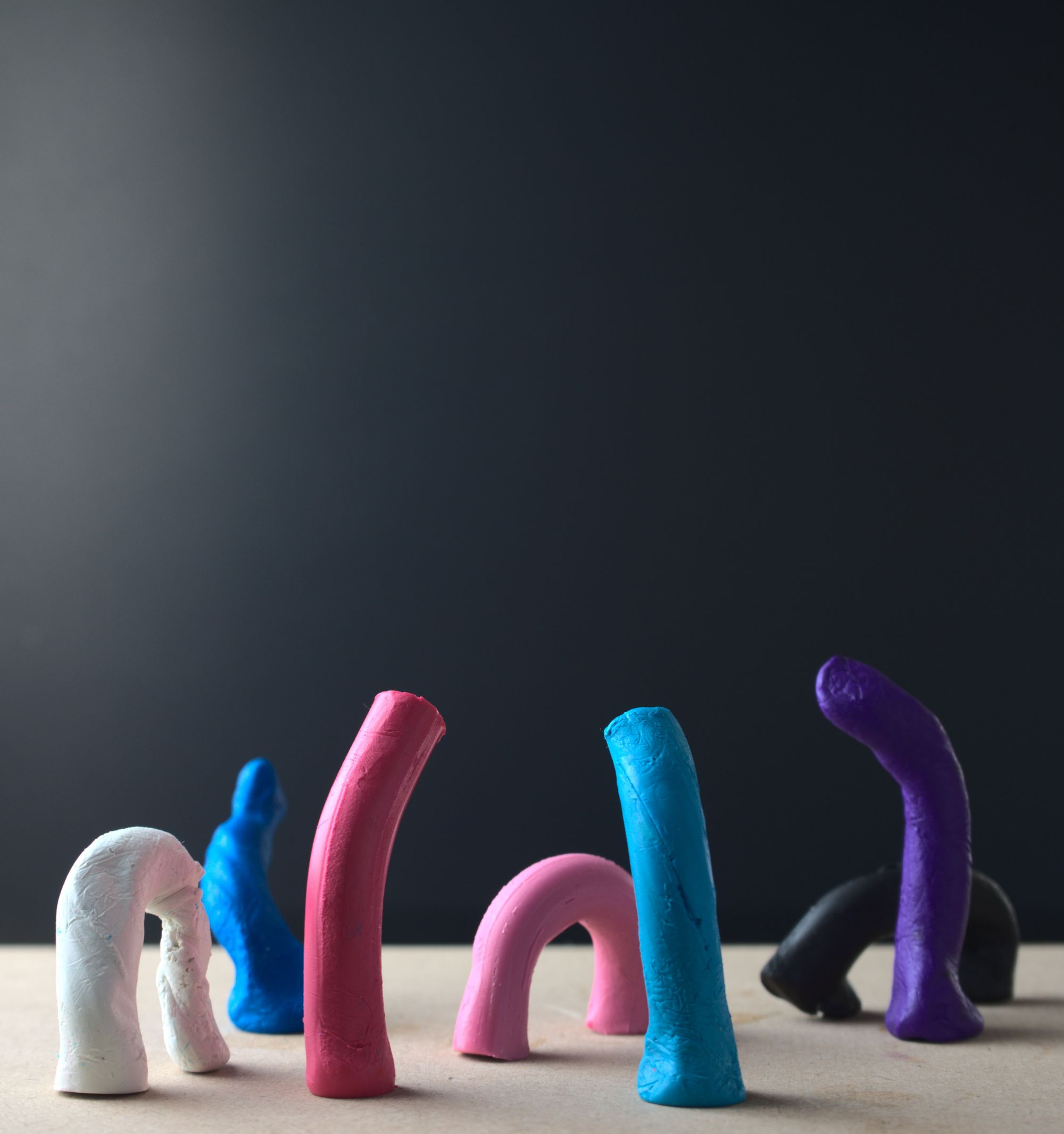
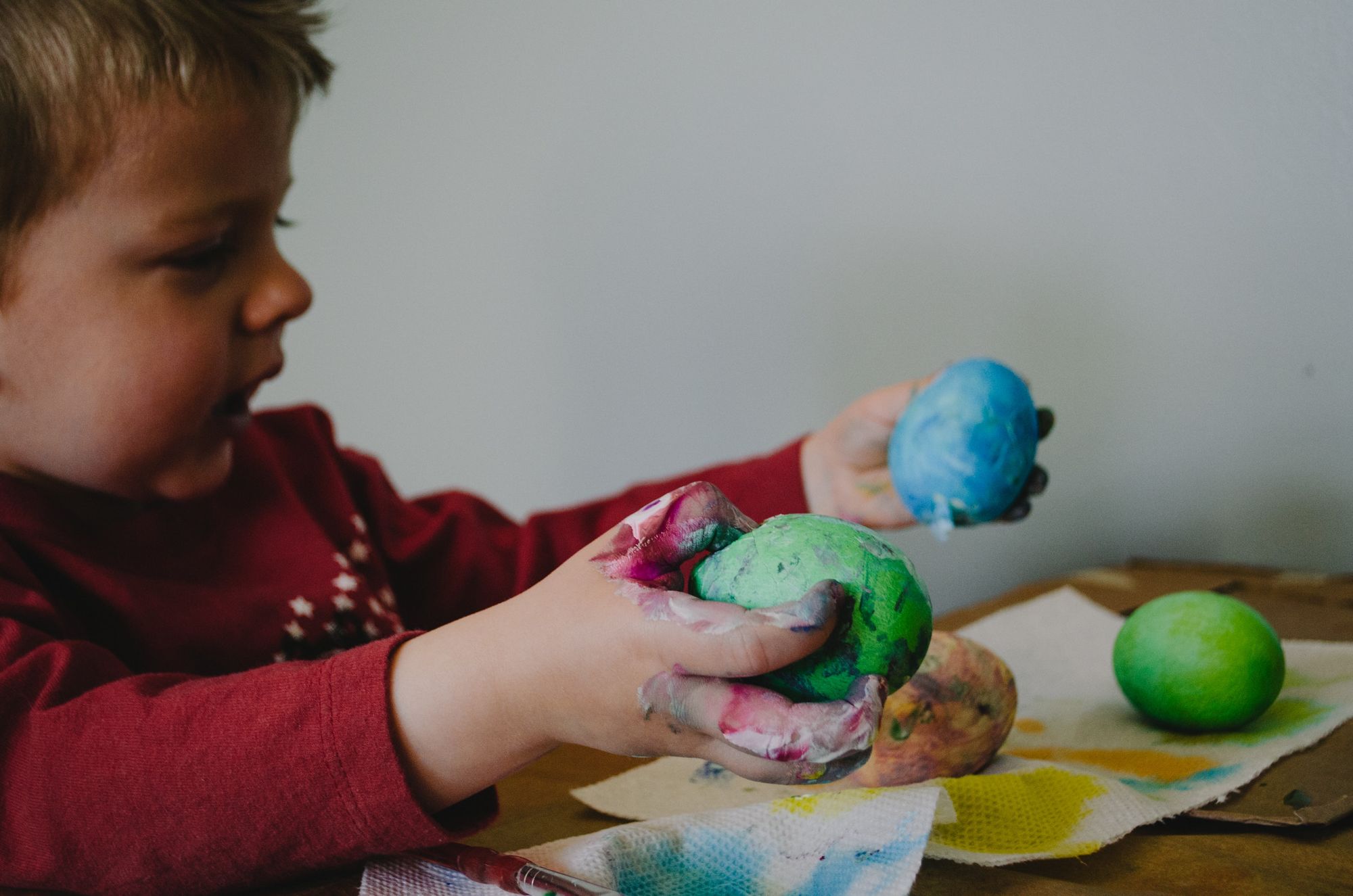
Where can you get play dough?
Play dough can be found almost anywhere…and it can be made!
You can find it on Amazon, Target, and most major retail stores.
I’ve never made it myself…but this video looks promising!

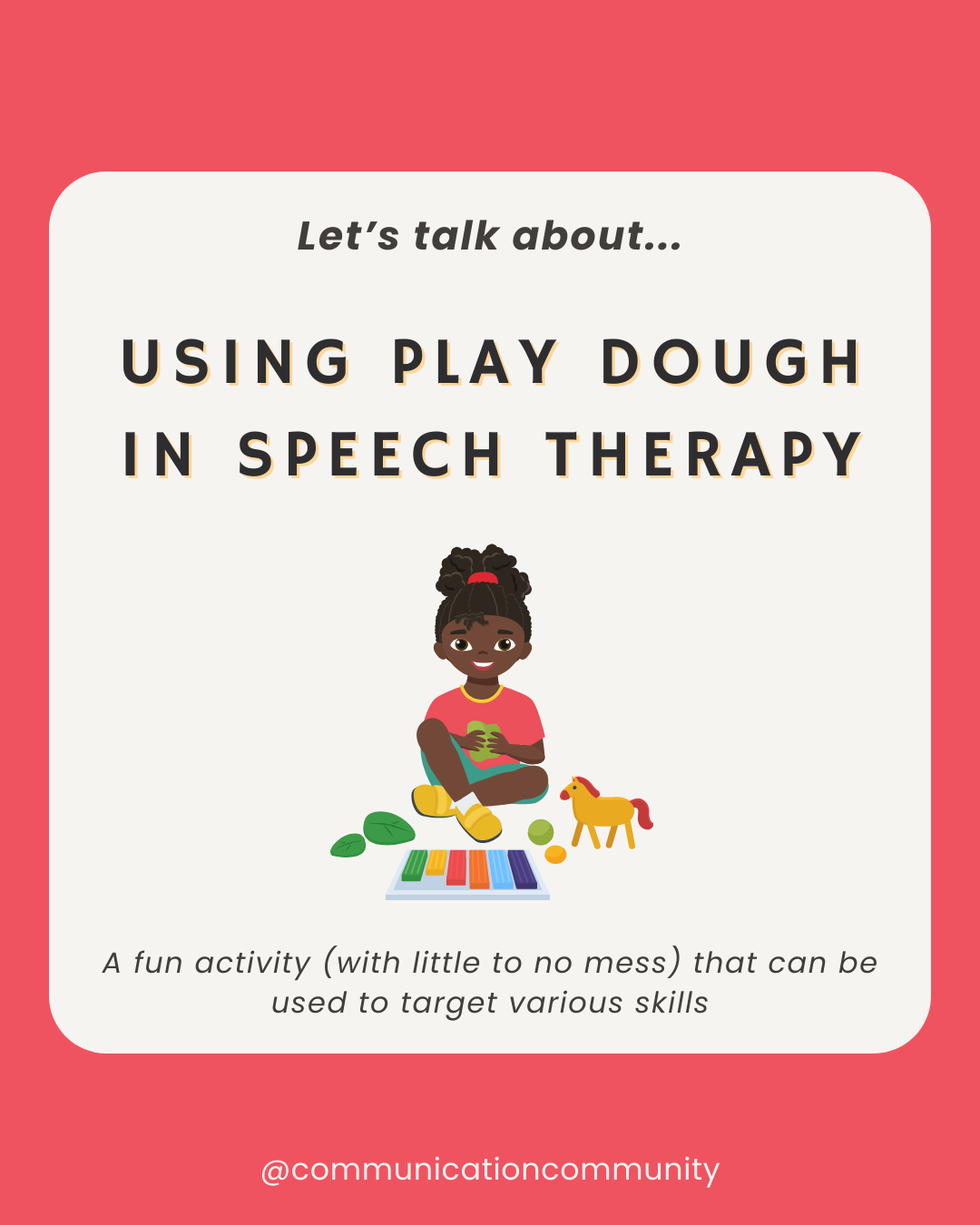
![How to Write Apraxia Goals [with goal bank]](https://www.communicationcommunity.com/content/images/2024/07/Apraxia-Goals--1-.png)
